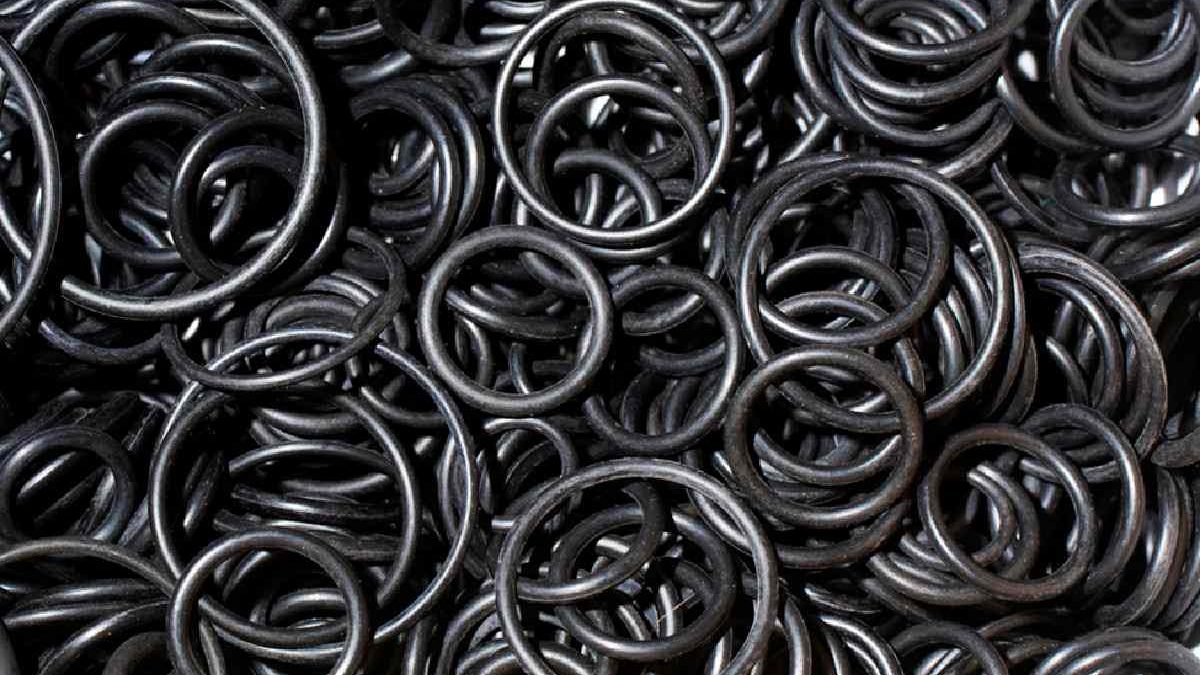Rubber seals are a critical component used in multiple dynamic and static applications. When installed between two moving parts, they help prevent the leakage of gas and liquids. They also ensure that particles and contaminants do not enter a system or engines. In the market, you will find a wide range of rubber seals — almost all of them claim to be the best for applications used in various industries. Are they?
No, not all rubber seals will work optimally in your application. And their failure to perform can affect the performance of your application, which can result in downtime and loss to your business. You must, therefore, be extra careful when shopping for rubber seals and manufacturers. Here are three factors to consider to find the best one for your application.
Table of Contents
Right Rubber Seal Material
All rubber seals may look the same, but a rubber seal’s properties can vary from another based on the type of elastomer used to make it. Before ordering a rubber seal for your application, you must make sure that it made from the material that can perform in your intended application. For example, applications used in the automotive industry need rubber seals made of materials that can withstand harsh environments, extreme temperatures, intense pressures, oil and grease, and weathering. Materials such as fluorocarbon, nitrile, fluorosilicone, ethylene-propylene, and perfluoroelastomer remain usually use to make high-quality rubber seals for the automotive industry’s applications.
Meets the Approved Standards
Do not install rubber seals that are not compliant with the approved standards. The standards for seals vary depending on your application, industry, and location. Some of these standards are ASTM (American Society for Testing and Materials), (AMS) Aerospace Material Specifications, FDA (Food and Drug Administration), UL Certifications, and ANSI (American National Standards Institute).
ASTM classifies rubber seals into types, grades, and classes. If you want the rubber seal to work in cold climates, you have to choose type C, while for warm temperatures, type W is the right one. For applications used in food processing, use only FDA-approved food-grade rubber seals.
The aerospace industry’s applications require seals that meet the AMS Specifications set by SAE International. And the ANSI/UL standard covers testing methods to investigate materials used to make rubber seals; materials are tested for their tensile strength, elongation, compression, and hardness.
Durometer
Meanwhile, durometer is a key factor in the performance of a rubber seal. It is a standardized way to measure the hardness of materials like rubber. Lower numbers indicate soft, flexible materials, while high numbers indicate harder materials. The right rubber seal for your application is soft enough to deform and form a tight sealing and hard enough to withstand pressure, load, and temperature. It is best not to choose seals made of very soft or hard materials.
Always Select the Right Rubber Seal
Spend some time selecting the rubber seal for your application. Wrong selection can prove very costly down the road, resulting in contamination, equipment failure, and compromised safety. Take the help of experts if you cannot determine the right rubber seal; they will guide you through various aspects of [rubber seals] and their properties, making it easier to pick the best for your application.

